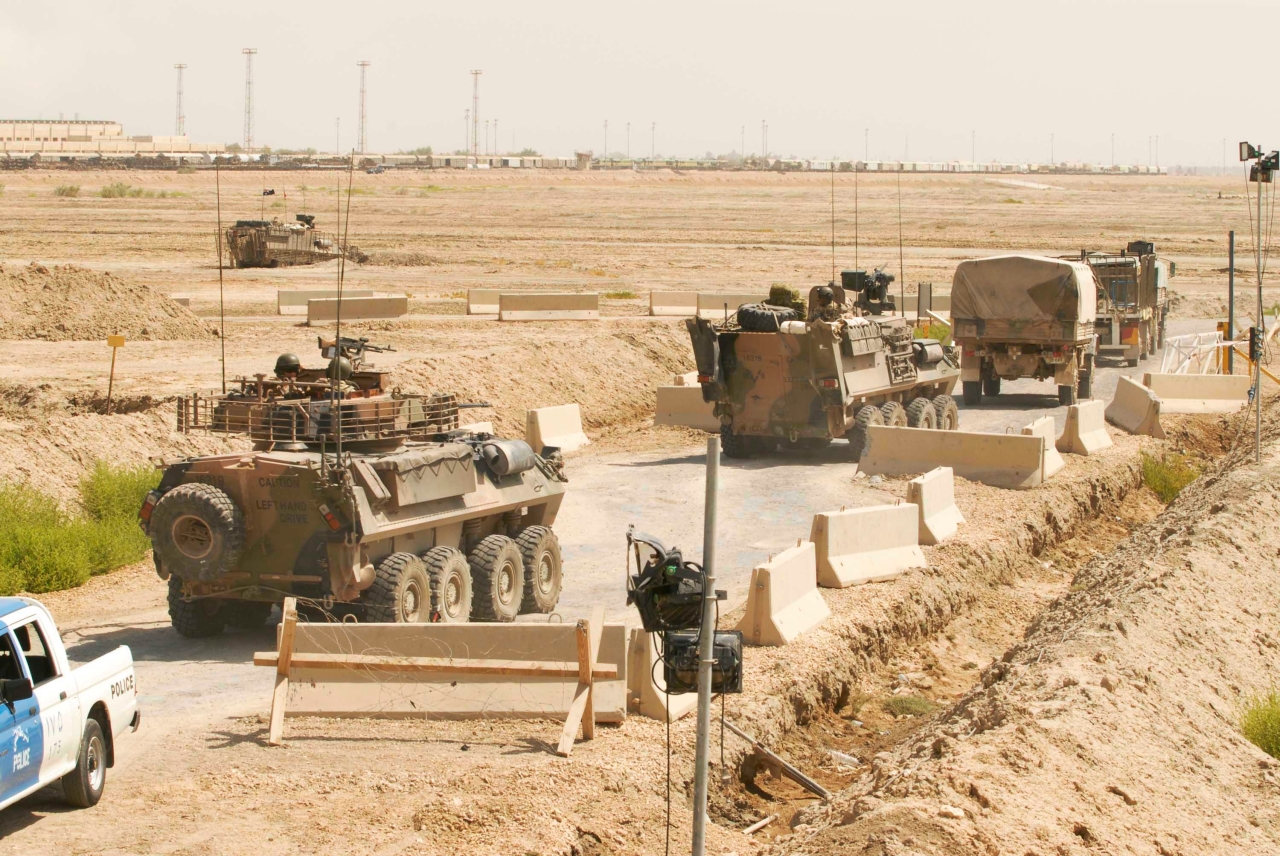By David Beaumont.
To start 2018, LIW is pleased to announce the release of ‘Transforming Australian Army logistics to support the Joint Land Force’, a paper shaped by the discussion of logistics on LIW during 2017. Published by the Australian Army’s Research Centre, the paper comprehensively examines compelling operational reasons for a new agenda of change – from newly developed operational concepts to other imperatives for transformation. With permission from Army, the announcing article reads:
There is need for the Australian Army and its logisticians to address the transformation of its logistics capabilities, concepts and processes now. This is not only because Army must look to the future and the ever-changing face of war, nor is because of revelations gained through nearly twenty years of operational experiences. It is not just because the Chief of Army, Lieutenant General Angus Campbell, asked his senior logisticians to lead a ‘revolution’ in late 2016 or that Army’s balance of forces between the ‘tooth’ and the ‘tail’ is awry. Army needs a transformation of its logistics, now, because of the intractable nature of change as its applies to logistic modernisation. It needs to reinvigorate a stalled evolution of its logistics capabilities and capacities by making transformation less of an extraordinary activity, and part of the daily business of Army logisticians and planners. It is because Army must be ‘primed’ for the real revolution in logistics that comes with a modernising Army; Army’s logisticians ensuring the ADF’s land force is well-prepared and optimised to accept the benefits of future technology, process and concepts.
Transforming the Australian Army’s logistics to support the Joint Land Force addresses the topic of logistic transformation in two parts. To establish the context behind which transformation should be examined in the future, the monograph will first outline Army’s track record with transforming logistics in an historically-based narrative. The changes described have been a combination of those imposed upon Army, but also the consequence of operational experiences. During the 1980’s and 1990’s a strategy in which the defence of Australia was a force structure and operational concept determinant shaped the way in which logistics in Army would be conducted. However, it was a series of reviews by successive Labor and Coalition Governments to, as part of the Australian Defence Force, over-exuberantly cut its ‘tail’ to fund its ‘teeth’. The flaws in this approach resulted in a harrowing experience in deploying to East Timor in 1999, and Army considered its logistics strengths and weaknesses in considerable detail. However, the transformation of Army logistics largely stalled as operational imperatives changes with successive operations in the Middle-east, and with managing organisational change occupying much of Army’s time in garrison.
In the second part of Transforming the Australian Army’s logistics, four challenges facing logistic transformation will be discussed. These four challenges will articulate why transformation is necessary, and suggest ways in which such transformation should occur. Ideas relevant to future wars will be discussed, including emerging operational concepts relevant to the provision of logistics in contested environments, including recent discussions concerning ‘Multi-domain battle’ and ‘5th generation warfare’. Doctrinal ideas will be challenged, and alternative concepts proposed. However, the monograph will not prescriptively outline the detail; this is the work of the concept developers, doctrine writers and those logisticians and commanders who will ultimately lead the implementation of transformation plans. Instead Transforming the Australian Army’s logistics focuses upon observations and conclusions about the direction of transformation, proposes how problems may be prevented in the future, and identifies operational and non-operational issues that must be overcome in future transformative efforts. Moreover, it contends that the Australian Army’s logistics community must lead its own agenda in this period, else others will do the leading for it.
Transforming the Australian Army’s logistics exists because there is need for public discussion on the topic of logistic transformation simply because the subsequent consideration of the problem will be directly relevant to successful change. This is because the real problem facing the transformation of the Australian Army’s logistics is not that Army does not know the problems or the solutions, although the monograph describes these issues. Army has already spent considerable time and planning effort to identify the issues which need resolution. Rather, the monograph asserts that it is the manner and means by which transformation in logistics has occurred that is the central issue. As Army ventures into a period of considerable change, both environmental and in terms of opportunities offered by new capabilities, it is time that logistic transformation becomes a focal point about which Army’s evolution continues.
You can find Transforming the Australian Army’s logistics to support the Joint Land Force here.
